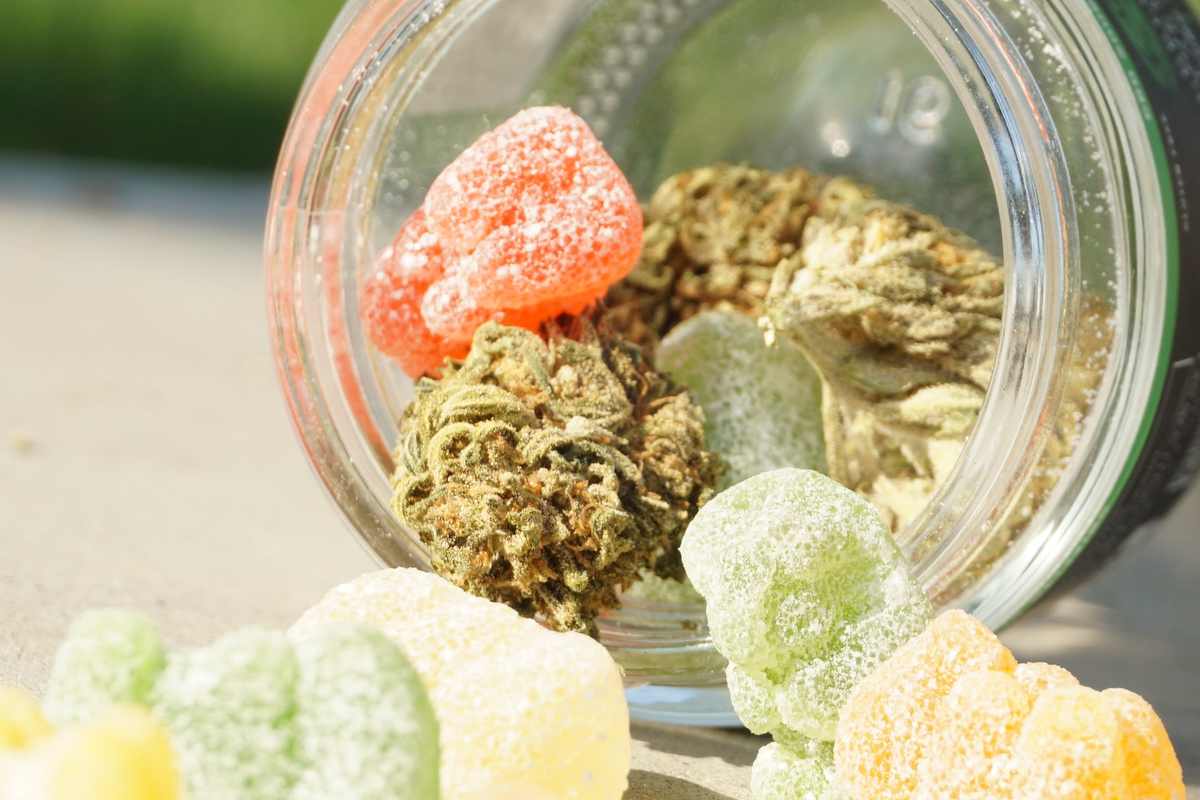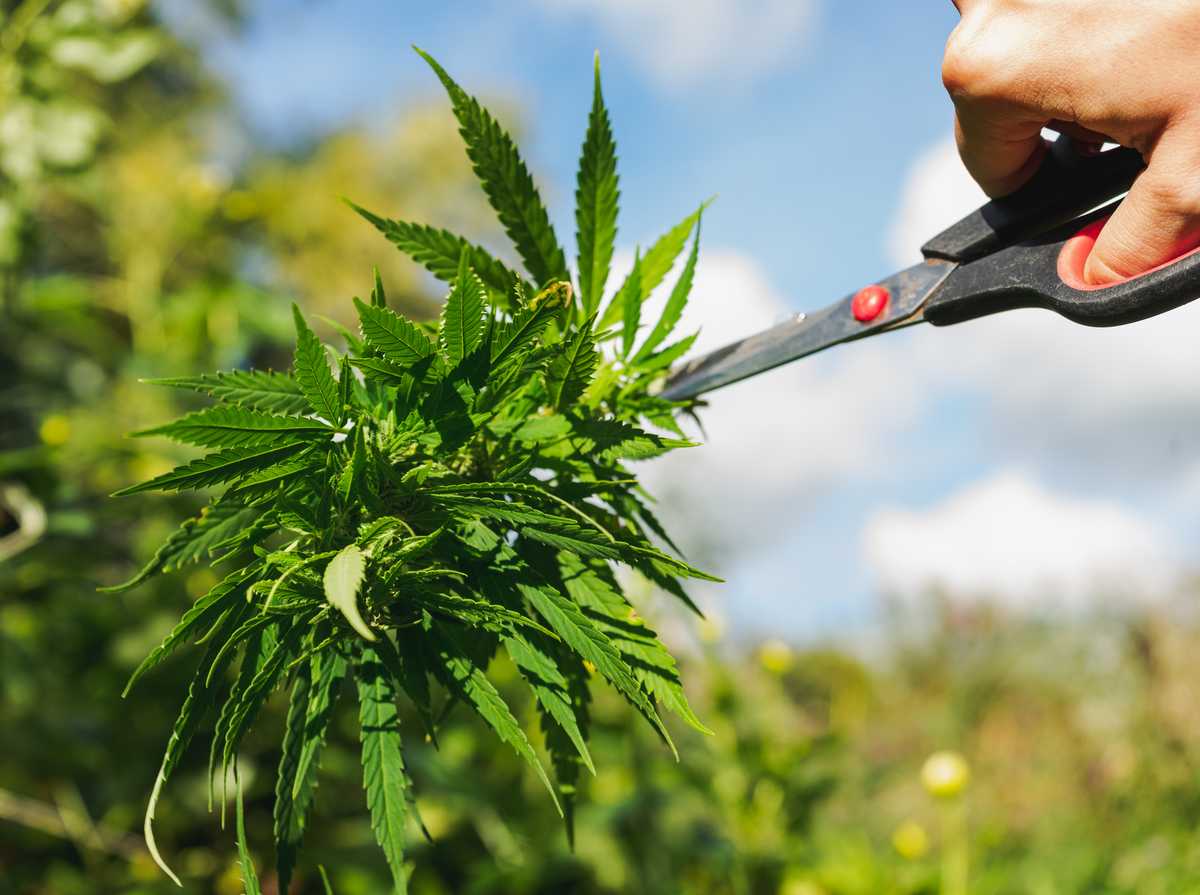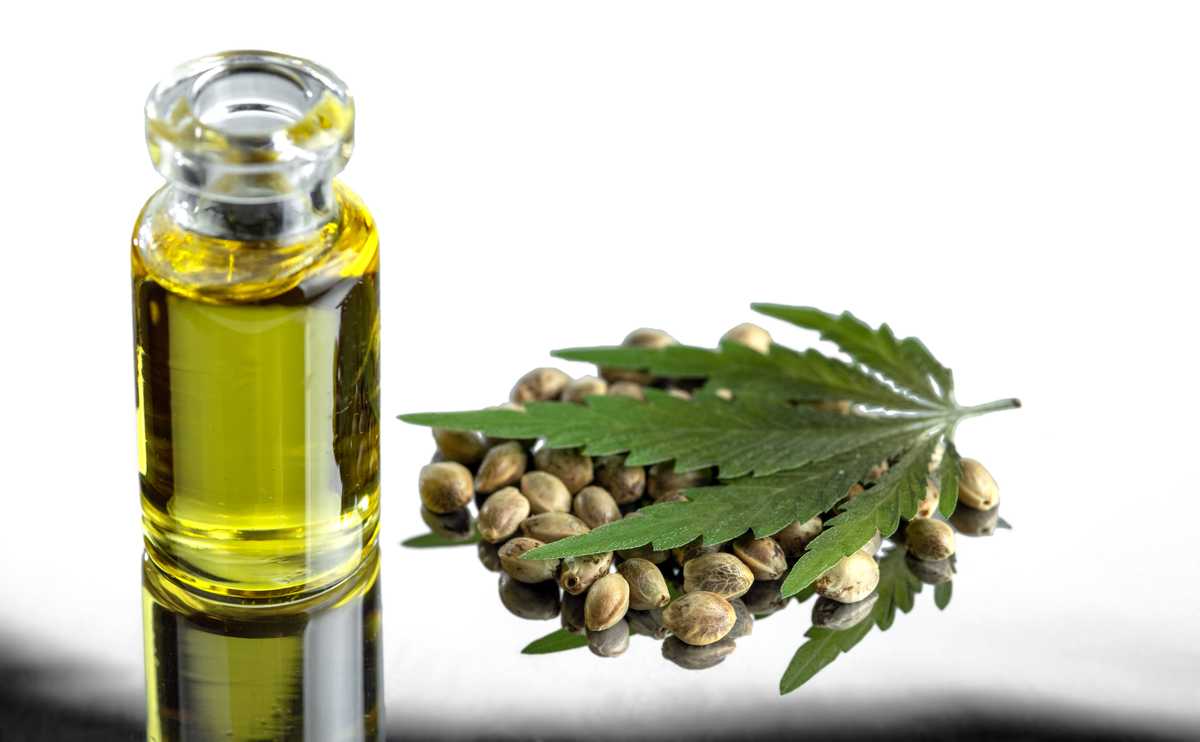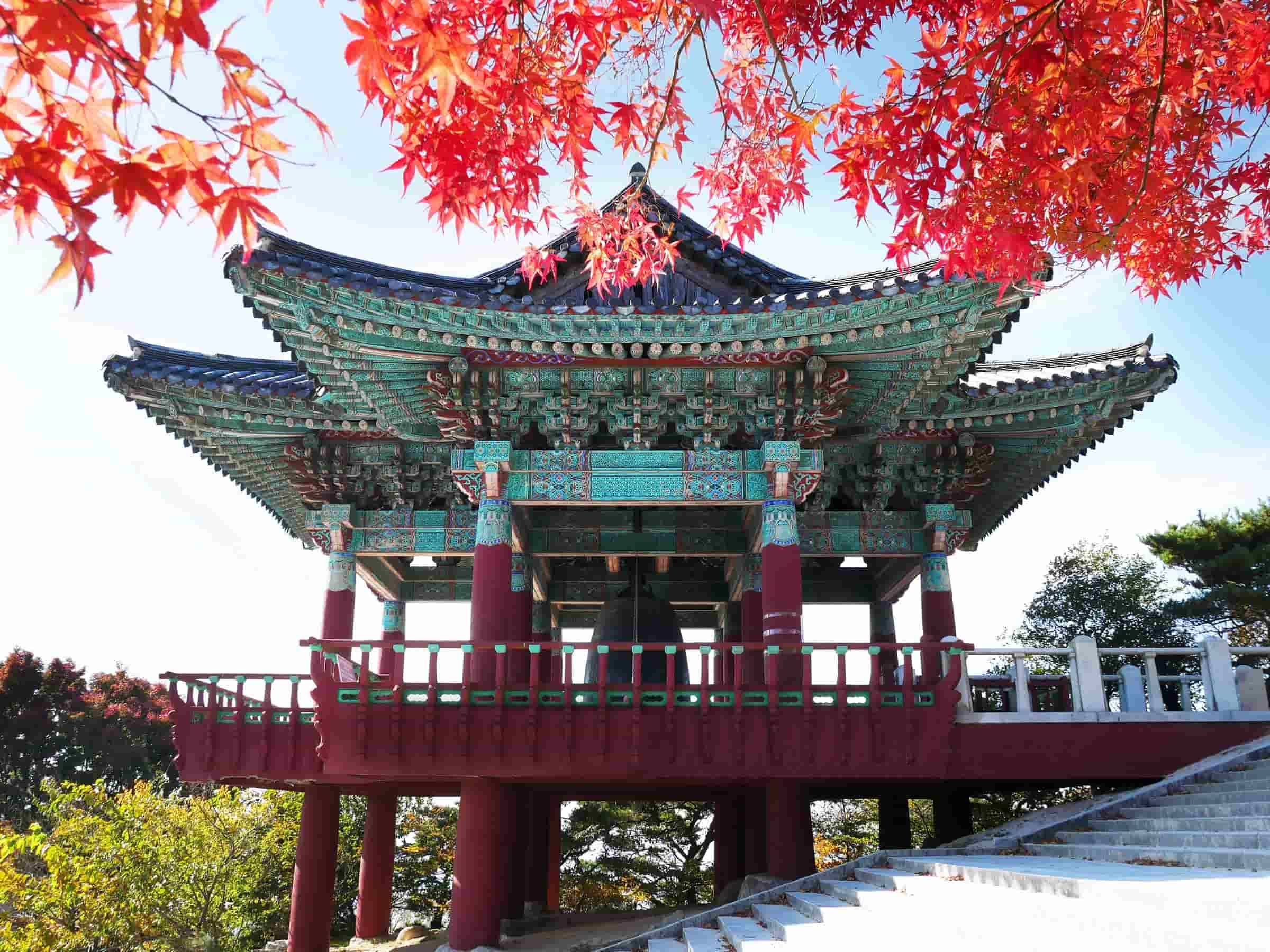
South Korea’s Progression On Medical Cannabis
- History of Cannabis in Korea
- South Korea’s Legalisation Of Medical Marijuana
- South Korea’s Attitude with Cannabis
- Korean Cannabinoid Association (KCA)
- The Future Of Cannabis In South Korea
Although South Korea is the first country in East Asia to legalise medical cannabis, why has it not evolved as quickly as it should since its legislation a year ago?
Cannabis has been legalised in South Korea on November 2018. The ammendment allows for Korean citizens to access medicinal cannabis for extreme cases, such as epilepsy, cancer, Parkinson’s etc. Australian cannabis companies are providing South Koreans with medicinal cannabis oils (CBD & THC)
On November 2018, South Korea, home to some of the strictest cannabis laws, stunned the world as the country’s National Assembly quietly approved the Amendment to the Narcotics Control that allows patients have access to restricted cannabis products.
There were cheers of approval but also disgruntled objections that rippled through the nation as the law came to effect in March last year.
Legalizing medical marijuana has become a global trend in many advanced countries, and South Korea marked a significant milestone in trying to shift the nation’s conservative attitude towards the plant.
However, experts have pointed out that South Korean citizens are still wary and suspicious about marijuana, as cultural confusion blends in with the lack of education, making it difficult for the medical cannabis industry to reach its full potential in the upcoming years.
To understand why South Korea holds such negative perceptions towards cannabis, we have to look at the history of the plant in the Korean peninsula.
Table of Contents.
History of Cannabis in Korea
Korea has a long but almost forgotten history with the marijuana plant. Known in Korean as 대마초 - “Dae ma cho” (pronounced day maa cho; from the Chinese da ma), was commonly found growing wild throughout the countryside.
Much like China’s and Japan’s history, cannabis has been used ritually in Korea to make ropes, paper, and cloth for thousands of years, making the plant one of Korea’s largest cash crops.
The earliest archaeological evidence for hemp textiles in were hemp threads and bone needles were recovered from the Goongsan archaeological site (circa 3000 BC) and traces of hemp cord and cloth have been discovered from the Gojoseon period (2333-108 BC) sites.
Since ancient times in Korea, hemp cloth could only be used by members of “yangban” noble families- the highest social class of the Chosŏn (Yi) dynasty (1392–1910) of Korea and superior hemp fabric was reserved for the emperor’s crown.
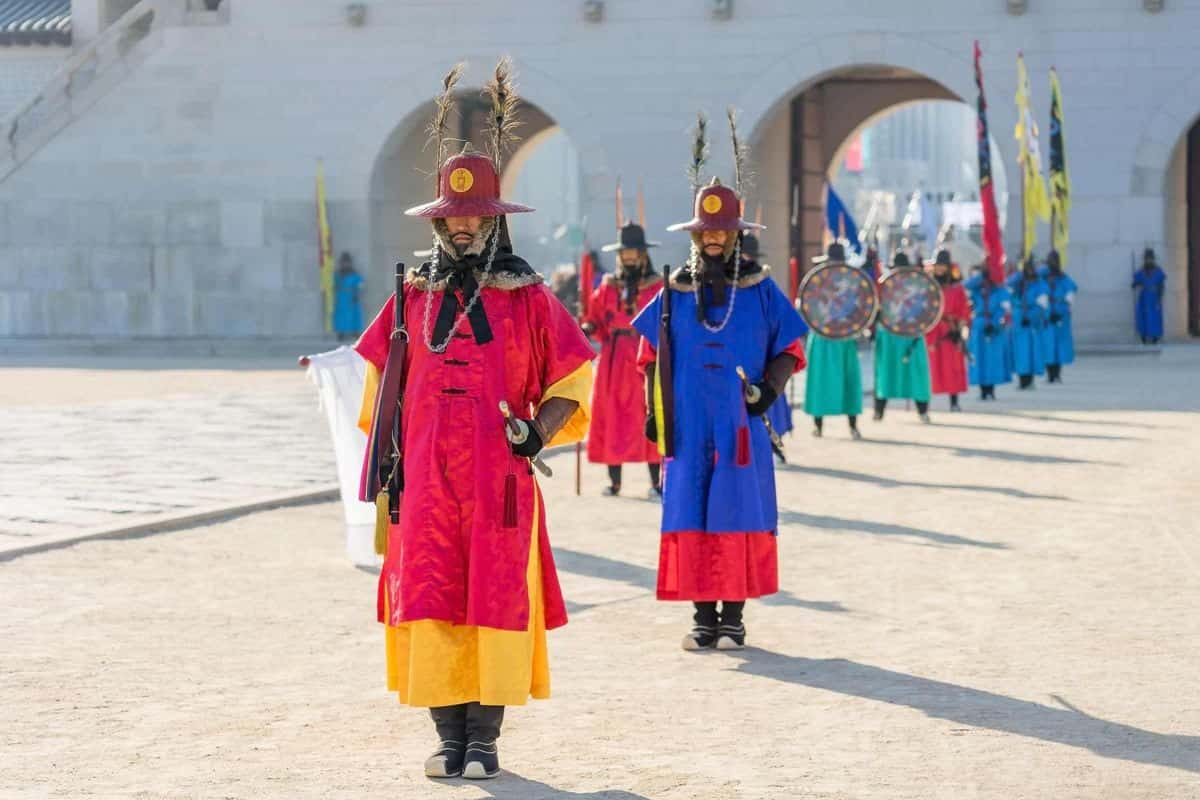
Adjusting to drastically seasonal differences in climate, upper-class Koreans traditionally wore warm wool and silk in the cold winter and hemp in the hot humid summer. “Hanbok”- Korea’s traditional costume for more than 2000 years, was originally made of silk and hemp.
The production of hemp paper in Korea also has a very long history, as it provided the medium for documenting events such as important historical books and other written materials that remain from the late Three Kingdoms period (57 BCE – 668 CE). Hemp fibre was also used to weave canvases for Korean paintings.
Additionally, cannabis seeds have been used in Korea. Hemp seed crops are grown in limited regions of South Korea than hemp fibre crops, while in North Korea, hemp seed remains a staple part of the peasant diet.
In South Korea, cultivation for commercial seed took place mostly in the Jeongseon and Geochang regions and still takes place today with strict regulations.
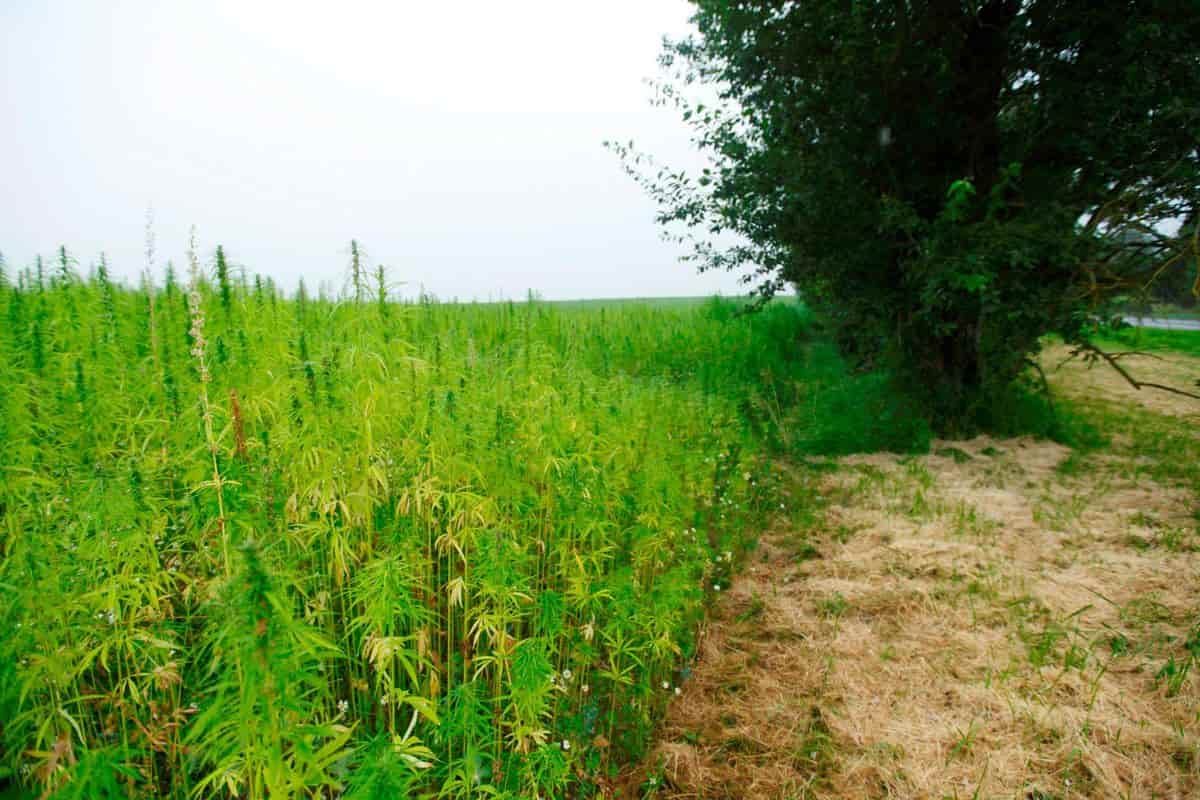
It wasn’t until the 1960s that recreationally smoking marijuana became scrutinized when American soldiers at U.S. military bases were found smoking Korean-produced cannabis. The arrival of Western hippies and rock music culture didn’t help as well after the Korean war, splitting the Korean peninsula.
With dictator Park Chung-hee’s military regime, the 1976 Cannabis Control Act came into place that imposed strict regulations on the hemp industry as well as punishing citizens for smoking and possessing marijuana.
According to South Korean law, the use or possession of marijuana plant and/or seeds can result in up to five years of prison along with fines as high as 50 million won (AUD$62,000). This also applies to South Korean citizens who smoke marijuana overseas and return to the country.
Medical cannabis: Hope or hype?
— End Prohibition (@afterprohibends) December 2, 2019
From 15 seizures a day to none on some days - this is the difference that CBD oil has made to the life of Ian, a young boy in South Korea
Several countries around Singapore are legalising medical cannabishttps://t.co/aiAZ1Cyxs7
South Korea’s Legalisation Of Medical Marijuana
With heavy governance and harsh penalties, why did the South Korean government have a change of heart?
Many consider that the incident with Joo-yeon Hwang and her son had a major influence on why the South Korean government reconsidered the use of medical marijuana.
Hwang is an obstetrician-gynaecologist and has a seven-year-old son who suffers from a rare and uncontrollable form of epilepsy called Lennos-Gastaut syndrome (LGS).
After receiving different types of medication and even brain surgery, her son’s problems still persisted.
She learned about the effectiveness of cannabis oil in treating epilepsy symptoms from research in other countries and ordered it from overseas in 2017.
After his brain waves became more stable and received approval from his doctor to take cannabis oil, Hwang ordered more CBD oil online.
However, she never received it as it caught the attention of federal prosecutors and they questioned her over attempting to “smuggle drugs into South Korea”.
Hwang is not the only one who attempted to bring CBD oil into South Korea. In 2017 alone, the Korea Customs Service intercepted 80 cases of citizens trying to bring in medicinal cannabis products at airports and seaports.
In January 2018, Shin Chang-hyun, a democratic member of the National Assembly in South Korea, proposed the bill that would allow the use of cannabis for medical purposes.
“It started with a high-profile case of a mother last year who was caught trying to smuggle cannabis oil into South Korea for her sick child,” said Im Hyun-jong, the Chief Secretary for Assemblymember Shin Chang-hyun. “We decided that we would push for this bill after thinking of the families who were willing to break laws and face the consequences in order to bring back medicinal cannabis for their family members who were ill.”

Currently, the Amendment to the Narcotics Control Act allows certain cannabis products licensed and marketed in specific countries will be permitted. Imports are facilitated through the Korea Orphan Drug Centre - a government body that expedites patient access to rare medicines.
The list currently includes:
- Epidolex (ingredient: CBD) for patients suffering from epilepsy
- Cesamet (ingredient: Nabilone) to prevent nausea and vomiting for patients undergoing chemotherapy for cancer
- Marinol (ingredient: Dronabinol) to prevent nausea and vomiting for patients experiencing anorexia nervosa from AIDS
- Canemes (ingredient: Nabilone) to prevent nausea and vomiting for patients undergoing chemotherapy for malignant tumours
- Sativex (ingredient: THC/CBD) for patients suffering multiple sclerosis
Patients with “rare or incurable diseases” must submit the following to the Ministry of Food and Drug Safety if they wish to use medical cannabis:
- A general application
- A doctor’s diagnosis, which must include the medicine’s name, dosage, number of doses per day and total days of administration
- The patient’s medical records, along with a doctor’s note stating that no substitute medicine is available in South Korea.
However, according to a report from Marijuana Business Daily, South Korea only saw 300 approved imports of cannabinoid-based medicines in the first few months, a volume that underwhelmed local experts who expected demand to be much higher. So why has it not evolved as quickly as it should?
South Korea’s Attitude with Cannabis
To most South Koreans presently, marijuana is perceived as extremely negative - to the point where the plant is considered as a Class A drug which includes heroin and crystal meth.
Park Chung-hee’s successful propaganda, along with the lack of information and proper education, created fear surrounding the stigma of marijuana in contemporary South Korea in the last four decades since the passing of the Cannabis Control Act
Many seem to think it’s very harmful or addictive, while some even expressed that smoking or consuming cannabis causes hallucinations and be sexually aggressive.
This perception might have been influenced by years of using pop idols as scapegoats from Park Chung-hee’s major crackdown on recreational cannabis smokers, which caused the Monkey Ladder Phenomenon - where no one knows why it’s bad but the idea spreads rapidly by unexplained means.
According to a report by Korea Exposé, smoking weed was common among popular South Korea entertainers in the 1970s. Celebrities suffered unlawful arrests and torture and when they were released, their reputation was smeared with negative publicity.
With the westernisation of South Korea, especially foreign influence from the United States since the Korean war (June 1950 – July 1953), many South Koreans have been introduced to different cultures where marijuana was more lenient and accepted.
The globalization of the K-pop industry has boomed over the past ten years, and amidst this, hip-hop is a dominant part of the music genre.
YG Entertainment, one of the biggest music companies for K-pop, is known to be the forefront of the popularisation of hip-hop music in South Korea. But recently, the company is now infamous for being a “Yak Guk”, Korean for “drugstore”, after being involved in multiple drug scandals.

Singers such as G-dragon and T.O.P from Big Bang, Psy, and B.I. from IKON have all been indicted for the possession and consumption of marijuana. In all cases, the stars made public apologies that were scrutinized heavily by the public.
But K-pop idols are not the only ones been caught. Sons and daughters from family-run conglomerates that dominate South Korea’s economy (Samsung, Hyundai, SK Group, LG Group) have been caught smuggling cannabis.
With pictures of Korean elites handcuffed and the word “marijuana” splashed across multiple news headlines, the media scathingly reports on how the wealthy exploit their influence to “ruin” South Korea’s status as a drug-free country.
With more and more unfavourable publicity, it comes to no surprise that the public often associates cannabis as a narcotic rather than a plant that can be used for medical benefits.
Korean Cannabinoid Association (KCA)
In 2018, Dr Kwon Yong-hyun launched the Korean Cannabinoid Association (KCA) to promote awareness and to aid the further legalisation of medical cannabis.
Since the association came to affect, the KCA has launched a pilot program for importing, distributing and managing cannabis medicines with the MFDS.
The project was conducted through “PRASM”, an AI-based decentralized bioinformatic network that uses blockchain technology, as stated in the Korea Biomedical Review.
The network manages the entire distribution process, safely protects personal information of patients to simplify the distribution procedures and store biometrics and records of prescription and distribution of patients into blockchain ledgers.
“Due to the prejudice that hemp is a drug, Korean medical society has been reluctant to conduct any clinical studies that could prove the therapeutic benefits of medical hemp,” Dr Kwon said at a news conference. “We are aware that the majority of the public is concerned about people abusing marijuana if it becomes legalized for medicinal use,”
The KCA has also claimed that the amendment has yet to benefit patients even after several months of legalisation because of the government’s strict limitations and high prices.
The association has been pushing for permission to allow domestic production and preparation so prescriptions containing CBD can be more accessible and lower costs.
To learn more about KCA, please visit their website http://legalization.or.kr/ and follow on all their updates on Facebook @kcasavelife and Twitter @legalizenowkor.
The Future Of Cannabis In South Korea
Although the progression of medical cannabis in South Korea has been sluggish so far, 2020 looks promising towards future advancement.
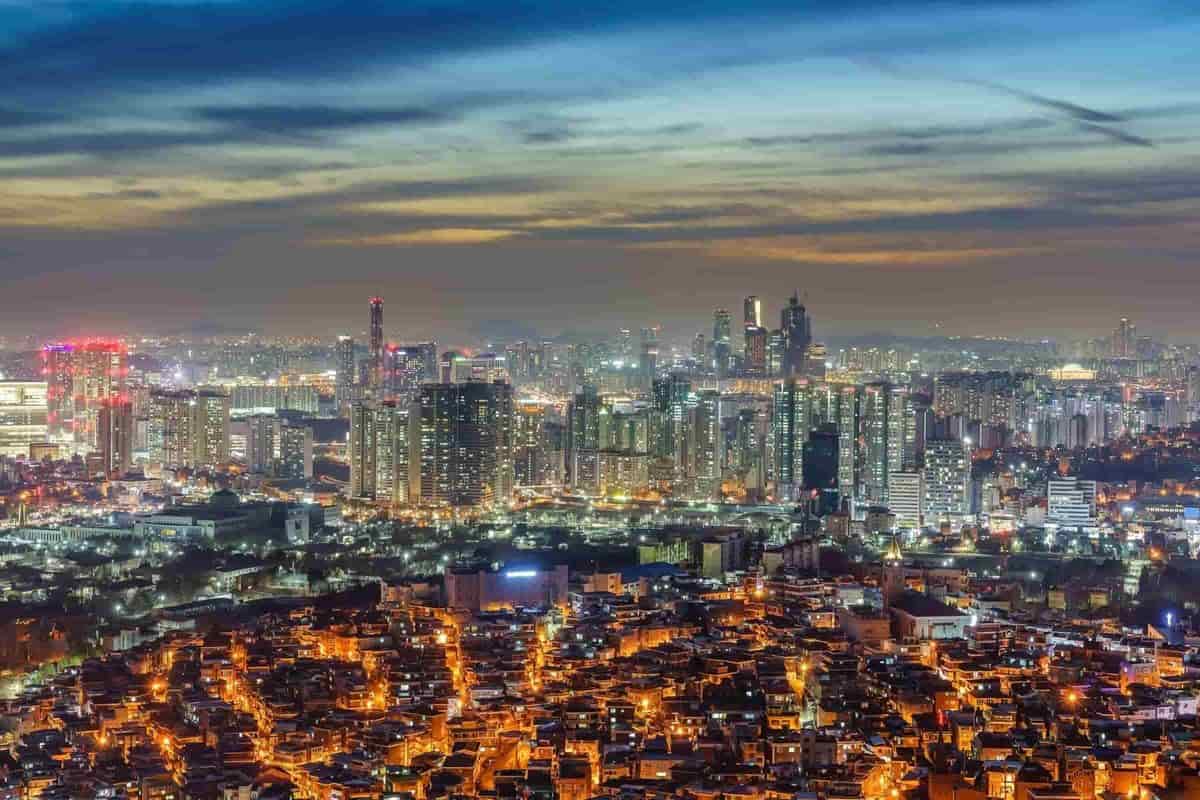
In a recent interview with Asian Americans for Cannabis Education (AACE), Sung Seok-kang who is a representative for the KCA stated last month that “In March, the UN will vote to revise the Single Convention on Drugs and the Convention of Psychotropic Substances. Once the schedule is adjusted worldwide, the cannabis industry can expand in various forms in South Korea.”
On Monday, Kolma Pharma - a Korean Pharmaceutical contract manufacturer - announced that it will start supplying CBD to cosmetics manufacturing companies, making it the first CBD business to be launched in South Korea after the government permitted medical cannabis.
Despite the fact that the future of legalising recreational marijuana looks bleak in South Korea, the next step for medical cannabis would be to oversee domestic production and manufacturing in a few years time.
Overcoming social stigma, educating the population and normalising the safe medical use of cannabis must be the following steps in order to create the much needed economic boom provided by the plant.
References:
- Asian Boss - “This Korean Mom Gave Her Kid Medical ‘Marijuana’”
- Hemp (Cannabis) Cultivation and Use in the Republic of Korea
- South Korea’s Amendment to the Narcotics Control Act
- Korean Cannabinoid Association
- Smoking Marijuana Is Legal in Canada, Unless You’re South Korean
- Spread of drugs
- Chaebol scions get access to drug overseas
- Five monkeys - how to create a mentality of 85% of the people that we call MASS
- Details About G-Dragon’s Marijuana Scandal
- BIGBANG’s TOP indicted for marijuana use
- Drug Scandal Jolts Showbiz Industry
- iKON’s BI Suspected Of Using And Purchasing LSD and Marijuana In The Past
- S. Korea to allow sales of imported medical cannabis for self-medication from March 12
- Medical cannabis imports allowed only through orphan drug center
- What Koreans Think of Marijuana (T.O.P scandal) ASIAN BOSS
- South Korean medical cannabinoid imports surpass 300 units since law passed
- Kolmar Pharma to launch first CBD business in Korea
- Cannabinoid group uses blockchain to conduct clinical trials on CBD
- 한국 의료용 대마 합법화 운동본부 Korea Medical Cannabis Organization
- AACE INTERVIEW: Rev. Sung seok Kang of the Organization of Legalizing Medical Cannabis in Korea
- Kolmar Pharma to launch first CBD business in Korea
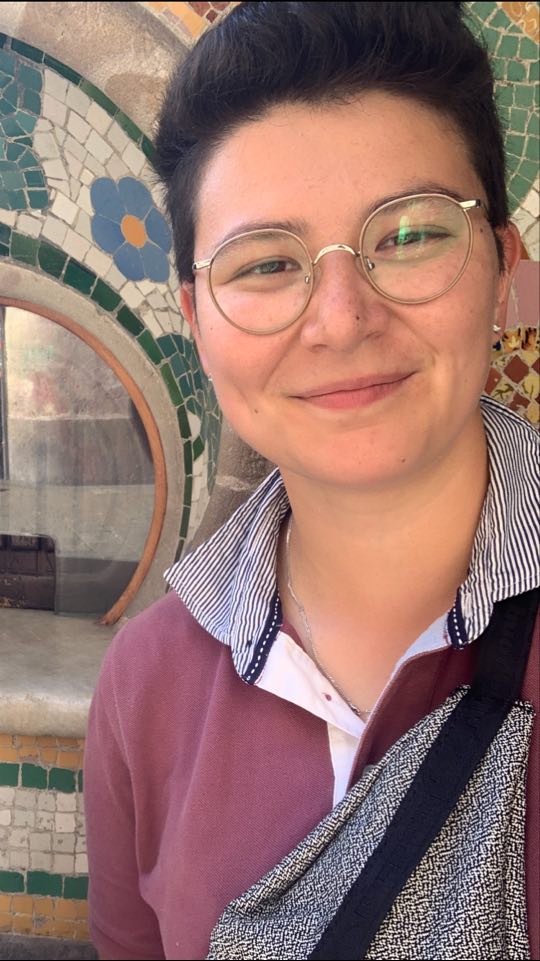
Constance Williams
Constance is a medical journalist that critically analyses and reports on how Australia can benefit from the cannabis industry in the future.
Disclaimer: Cannabis Place are not doctors and we recommend consulting health professionals for accurate information. This site may contain information regarding drugs. This medicinal cannabis content is designed for an 18+ audience. Click here for our full disclaimer
